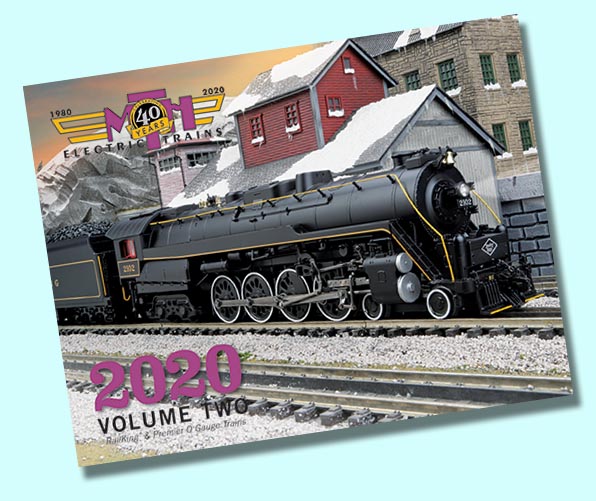
The tank car was relatively uncommon until the 1870s when the nascent petroleum industry ordered large quantities of metal tanks carried on wooden car bodies. By the early 1900s, a standard design had evolved that lasted throughout the steam and early diesel eras: an 8,000-11,000 gallon metal tank perched on a metal flatcar-like underframe.
The one big change during that time was the transition from riveted to welded construction beginning in the late 1930s. Car builders introduced X-ray inspection of welds to ensure safety, as well as giant annealing ovens that could heat-treat assembled tanks to relieve joint stress. Welded tanks were stronger, less susceptible to rust and corrosion, and less likely to rupture in the event of a wreck.
Our model represents a typical all-welded, insulated tank car built in the late 1940s or 1950s. A layer of insulation protected cargos that were sensitive to temperature extremes and some such cars also had heating
coils under their outer layer. Our model also features a safety platform around the dome — insulation and safety platforms being features commonly found on cars used in the chemical industry.
|
2020 Volume 2 Catalog Now Online!

Click HERE to see it online.
It's Easy To Add WiFi To Your DCS Layout
Check Out The Quick Start Video

Click HERE To Learn More About DCS and WiFi Control
Click here to unsubscribe.
|






